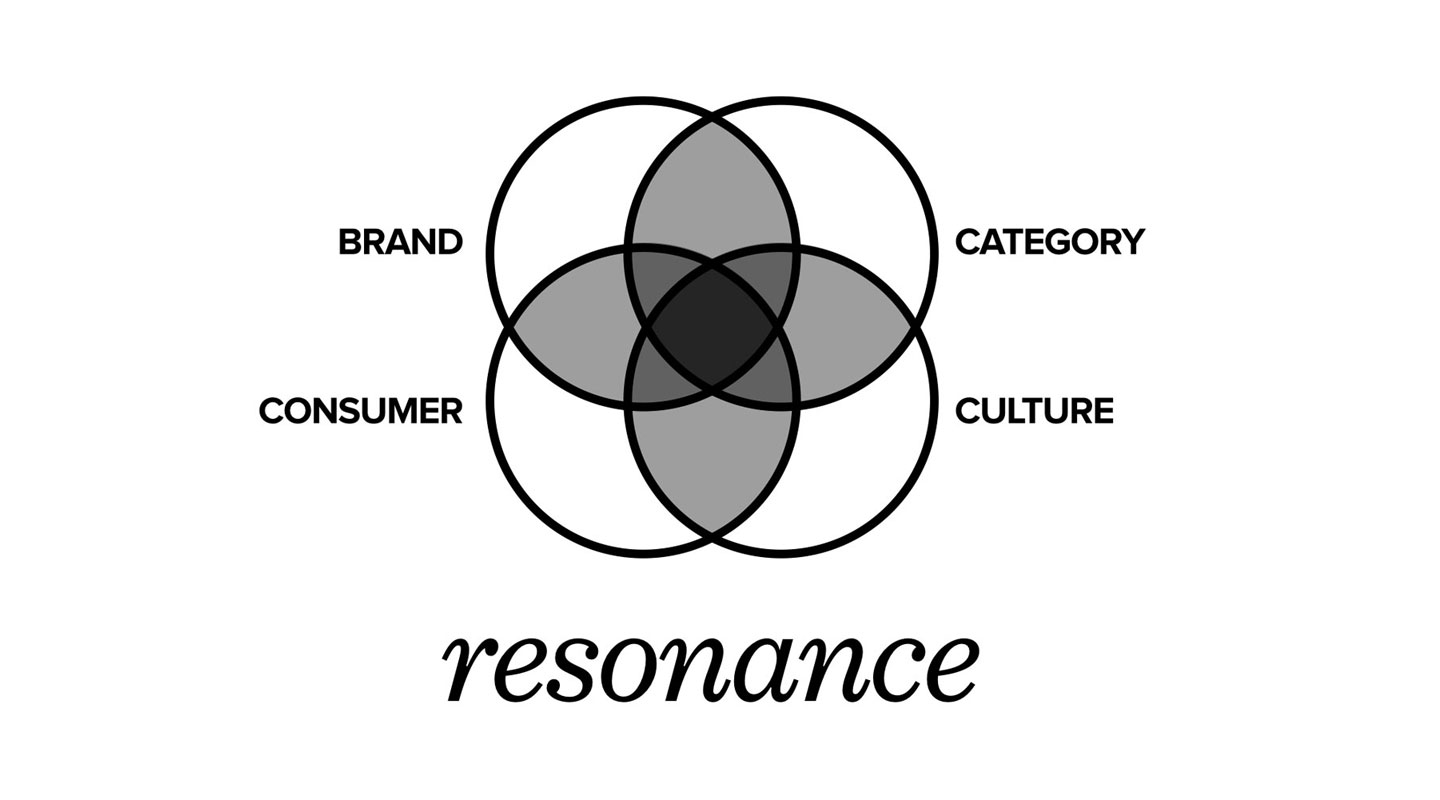Making sense won’t cut it. The new power brands merge the enduring and emergent to evocative effect.
Reebok. United Airlines. Columbia. Pepsi. What do these well-known, global brands have in common? Relevance—but not in a meaningful way. They’re merely relevant, paling in comparison to their resonant competitors: Nike, Singapore Air, Patagonia and Coca-Cola.
“A brand that just makes sense is no longer enough.”
The problem with relevance
Years ago, the industry, myself included, started talking a lot about relevance—the idea of a brand claiming a place in people’s lives by providing a product or service that fulfills a particular need.
It was a viable benchmark, and it helped push brands into more human territory. But the days of relevance are gone—and for a number of reasons. Sociocultural shifts happen faster. Tech has made the world smaller and more interconnected. Choice abounds, and the burden that the average person places on prospective brands has never been higher.
“The burden that the average person places on … brands has never been higher.”
Enter resonance: a sense of amplified emotion, deepened connection and greater affinity, achieved when a brand carves out a unique place in culture. A brand that just makes sense is no longer enough, especially when others are reverberating in the head, heart and gut.
Reebok’s well-made sneaker can’t keep pace with the thrill of Nike’s visceral, emotional note to the self. Coca-Cola coaxes us to open happiness on the regular; Pepsi is just the other kind that committed the Kendall Jenner screw-up. Resonance doesn’t just trump relevance; it represents a new playing field where the brands of the future live.
Discovering resonance
Consumers have spoken and, without resonance, brands are essentially waiting to dry up and shrivel. How to move from relevance to greener, lusher pastures? By paying closer attention to—and interconnecting—four key elements: brand, consumer, category and culture.

Mining resonance like gold
At LPK, we help businesses achieve resonance by building enduring brands that thrive in the emergent culture. The recipe is equal parts control and variable: a brand built on unwavering human truth (insight-driven), primed for ever-changing territory (culture-driven).

Nike’s a poster child for this: their mission to inspire the “athlete in each of us” has resonated for decades and, today, it pilots gracefully into the emergent space ahead. There, Nike is wielding innovation to shape a wholly new kind of user experience, in which people aren’t just interacting with the brand’s products, they’re defining them.
Most brands—like the relevant ones I mentioned—take some of these spheres into account, but rarely all. To compel consumers on a more salient, emotional level, it’s key to strike a convergence of all four. It’s how you discover resonance—and it’s how you become a brand worth loving.
Does your brand have resonance? Want to start a deeper conversation about shifting beyond mere relevance? Contact me at nathan.hendricks@lpk.com.







